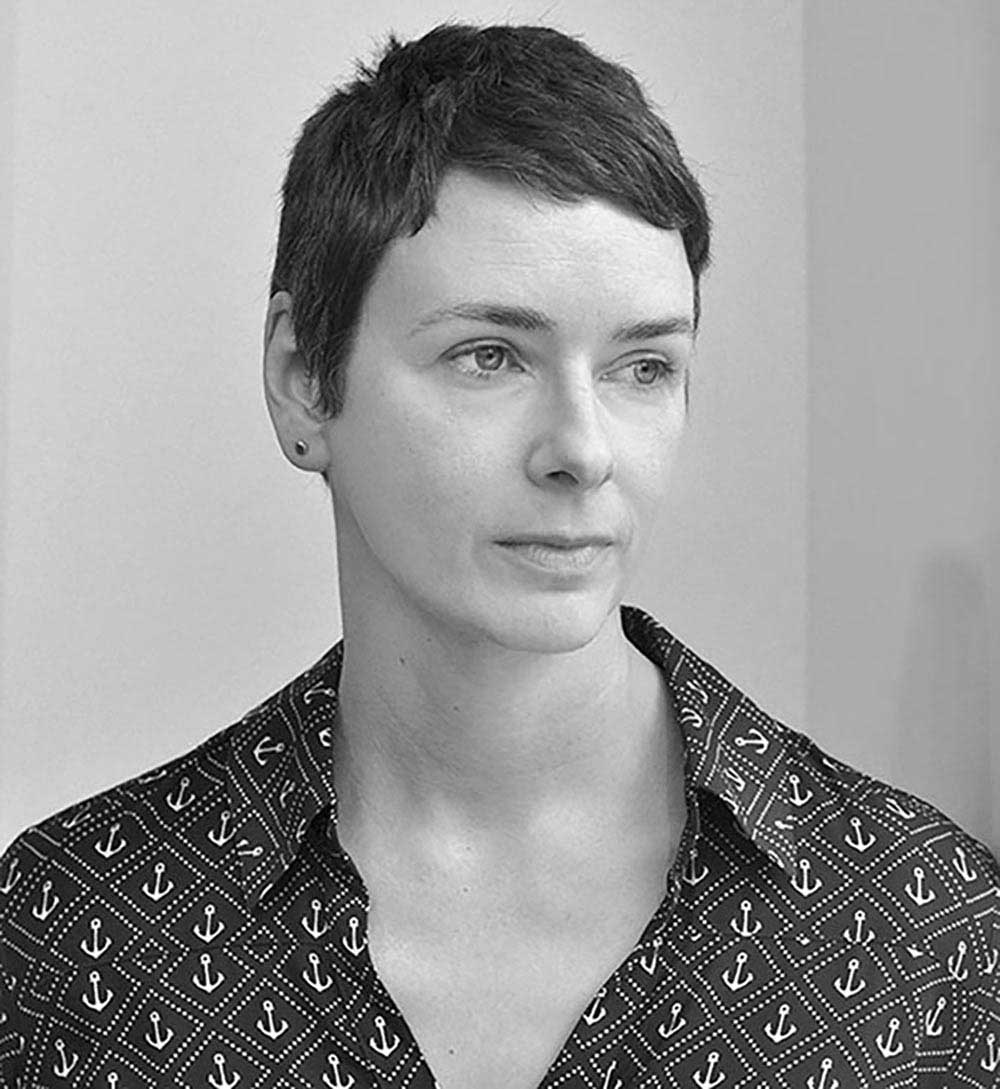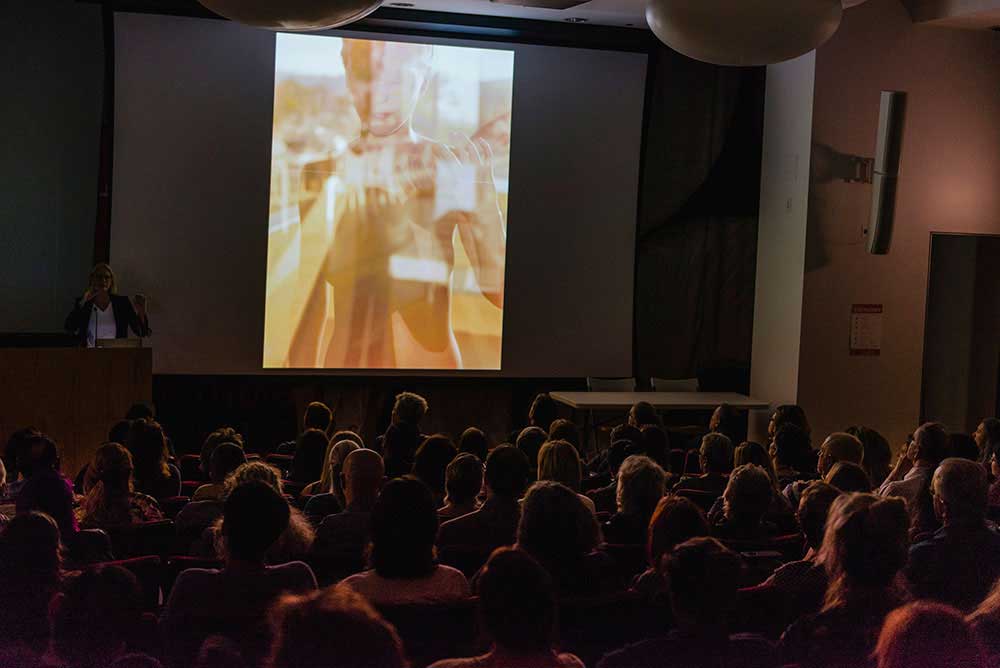Filter Photo is a not-for-profit organization based in Chicago, Illinois.
Filter Photo’s mission is two-fold: first, to serve and support the photographic communities of Chicago and the Midwest; and second, to highlight Chicago as a vital center of the national photographic community. Since 2009 Filter Photo has organized the annual Filter Photo Festival, a multi-day celebration of photography that includes workshops, lectures, exhibition receptions, artist talks, and other diverse programming. A primary component of the Festival is the portfolio reviews, through which photographers are able to connect with national and international curators, gallery directors, editors, and other elite professionals.
In 2015 Filter Photo opened Filter Space, a permanent gallery and project space located in Chicago’s West Town neighborhood at 1821 West Hubbard Street, Suite 207. Filter Space hosts regular social, educational, and professional development activities, including exhibitions, workshops, and lectures. [Filter Photo Festival]
Can you please introduce yourself for those who don’t know?
I’m Jennifer Murray, the executive director of Filter Photo.
Could you tell me a little bit about Filter Photo Festival and the team that stands behind it?
Filter Photo Festival is a multi-day celebration of photography that takes place every autumn in Chicago. Festival programming includes workshops, lectures, artist talks, exhibitions, and more. We concurrently run workshops during the four days of the Festival. While workshops and portfolio reviews are paid events, we also have an equal number of free events that are open to the public.
There are artist talks during a two-hour lunch break when reviews aren’t taking place. We also have a lot of evening programming including exhibition receptions and an evening speaker. Rodrigo Valenzeula is our speaker this year.
The portfolio walk offers an opportunity for everyone, all the VIPs and all of the attendees and people that are coming in from the Chicago community to see a lot of photography. For me, it’s the best night because I haven’t actually seen anybody’s work for several days! I see what’s happening in the review room, and I see what’s happening in workshops, but I don’t actually get to see anyone’s work until the night of the portfolio walk. I’m always so impressed with the diversity of work that is being presented, and the quality of work is really high.
Filter Photo is run by a small team of part-time staff including me, Erin Hoyt, and Caitlin Peterson. This year will be Erin’s 9th Festival and we couldn’t do it without her knowledge and organizational skills. We also have a very supportive Board of Directors that help out during the Festival in very tangible ways – from hosting parties to loading cars with supplies. Additionally, we hire a support team of production assistants to help with the day-to-day Festival tasks.
What motivated you to start a festival of photography?
Sarah Hadley founded Filter in 2008, and she quickly began working with James Pepper Kelly. The two of them together really built this organization with Erin Hoyt. They started with a small handful of portfolio reviews in a half a day, and since then, Filter has grown and grown. It was initially just the Festival, and in 2015 they added a permanent location and gallery space. I came on as the executive director in 2016.
In general, what is the goal of Filter Photo Festival?
We hope that people find a great networking event that inspires their photography practice. It’s an opportunity to meet with peers and share ideas as well as connect with professionals who can provide feedback and career advice.
What is the secret of making a festival of photography successful?
Organization! There are so many moving parts and we hope that everything goes smoothly, and people can focus on their practice and have a great festival experience. We intentionally keep Filter Photo Festival a smaller festival so it is a more intimate experience than what one may find at a larger event.
Can you tell us a bit about the process behind program and exhibition curation?
For the solo exhbitions we host an annual call for proposals that are reviewed by a committee comprised of photography professionals. We change the committee annually, so artists can be exposed to a different group of professionals each year. The diversity of voices on the committee keeps our exhibition program fresh and innovative year after year.
Group exhibitions and other programs are curated from among staff and the board of directors. For example, we may invite a juror for a group exhibition based on our previous experience with that person and programs like our Photography Book Club are initiated by board members or other members of the community.
Looking towards the future, how do you see fairs or festivals of photography in general, and Filter Photo Festival specifically, evolving if at all –in terms of function and meaning?
I see a lot of the portfolio review experience moving to an online review platform. But, I don’t think that is the best way to go. Fairs and festivals tend to divide people as reviewer or attendee due to the nature of the ways portfolio reviews are conducted – both in person and online. As much as we, and other festivals, try to create opportunities for everyone to mix and mingle it is still about which side of the table you are on. I’d like to see a more holistic experience of looking and talking about photographs akin to what happens in a group critique situation. We have developed a program at Filter Photo Festival called Roaming Reviews – which are free and open to the public each day. There is one reviewer and often a group of artists that want to share work. While it is still a review experience, it is more group oriented where everyone can participate in the conversation and join the critique. For me, this is the true meaning of a festival – like-minded people coming together to share and learn about contemporary photography.
What advice would you like to offer other artists that might help them learn to better promote their work?
Research is such an overlooked component. Not only digging deep into your own work but researching other artists – contemporary and historical that have an influence on you. What work inspires you, whose career are you following, how are those artists promoting their work, how can you learn from who came before you?
How would you sum up contemporary photography?
I think it’s constantly shifting, but today contemporary work has a social and conceptual component. Strong photographic work that may originate from a very personal place transcends the personal and is relatable on a societal and often global scale. Photographers that are exclusively focused on form and aesthetics will have difficulty finding a place for their work in the current contemporary photography world.
Are there any future projects you are excited about and would like to share with us?
We’ll be launching a new website later this year. It’s a major overhaul that not only will be more interesting to look at and navigate but will allow us to integrate more content beyond just the informational. More images of course, but also Interviews with artists and exhibition -based essays will be available on the site. We are excited about the opportunity to work with writers in our community in the development of this new content area.
In closing, is there anything you would like to say about Filter Photo Festival or team?
Come see us in Chicago! We are always looking to broaden our community and share our passion for contemporary photography.








